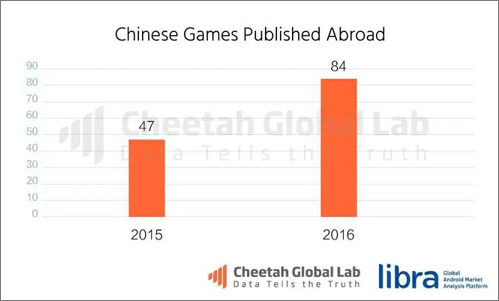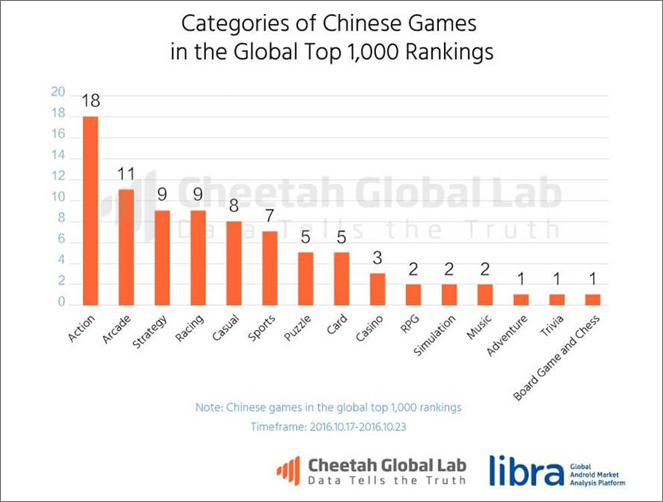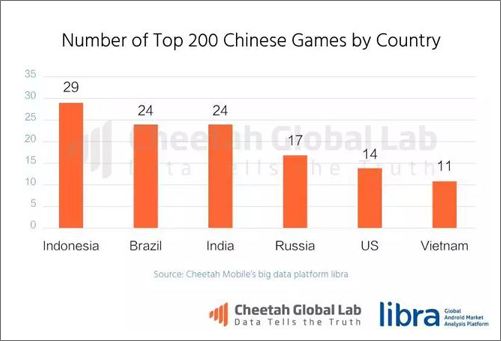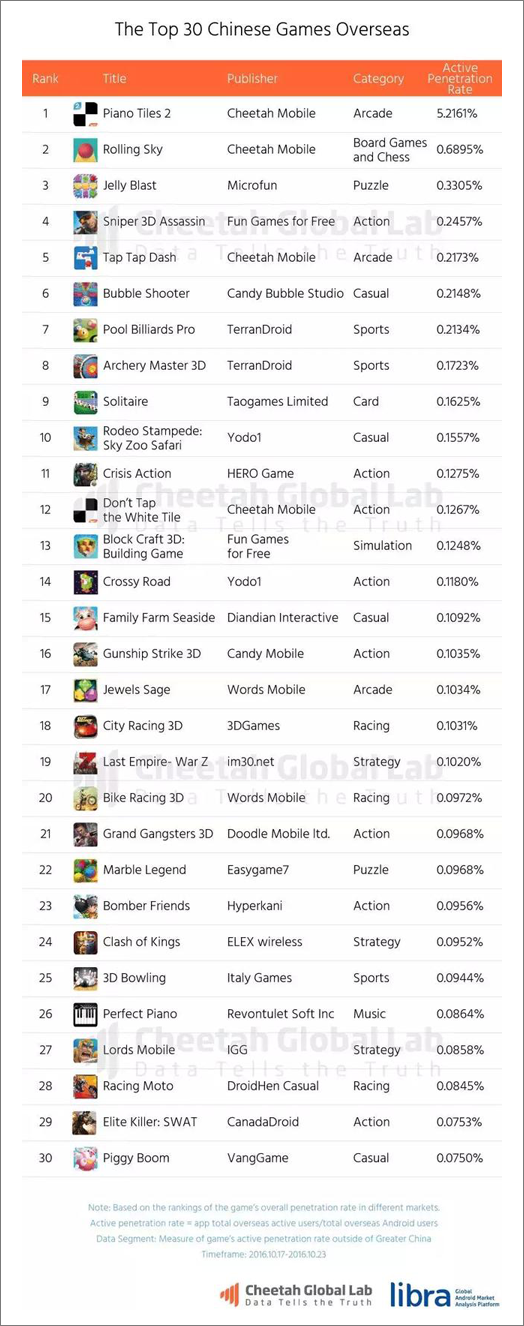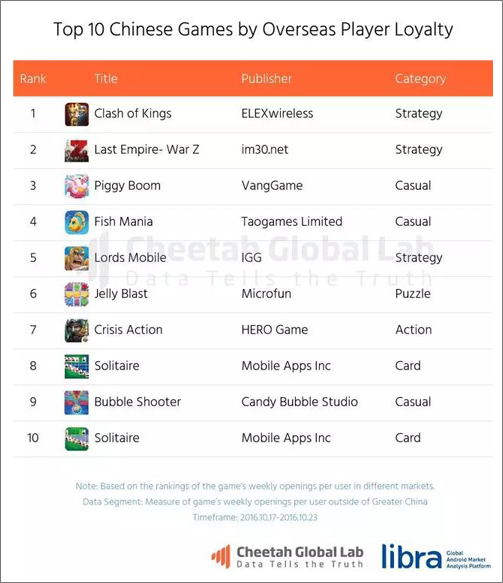Chinese games are becoming more and more popular outside of China. The number of projects from the PRC that got into the Top 1000 popular games in the world (excluding China itself) doubled in 2016. The most loyal markets to Chinese products are Indonesia, Brazil, India and Russia.

If by the end of 2015 there were 47 gaming projects from China in the top, then by the end of 2016 there were 84 of them,” the Cheetah Global Lab Research Institute for Global Mobile and Information Trends said in his blog. It belongs to the Beijing-based Internet company Cheetah Mobile, which also develops and publishes mobile games. Among her most famous projects are Piano Tiles.
Most of the Chinese games included in the world’s Top 1000 are projects in the action genre. Arcades are in second place in popularity. The third place in the number of projects is shared by strategies and races.
The markets where Chinese games are most popular are Indonesia, Brazil, India, Russia, the USA and Vietnam. These countries have the largest number of Chinese games in the Top 200.
The top of the most popular Chinese games abroad, according to Cheetah Global Lab, are headed by two games from Cheetah Mobile: Piano Tiles 2 and Rolling Sky. By the way, according to App Annie, Piano Tiles 2 was among the top ten most downloaded mobile games in November of this year, Rolling Sky – in October.
Cheetah Global Lab approached the formation of the top in a non-standard way. The position of each game in the top was determined by the level of penetration, which was considered as follows: the number of active users of the game (excluding China) was divided by the total number of active Android users (excluding China).
Chinese analysts also presented the Top 10 Chinese games by user loyalty. Loyalty was calculated based on the frequency of weekly launches of the game outside of China.
A source: Cheetah Global Lab

